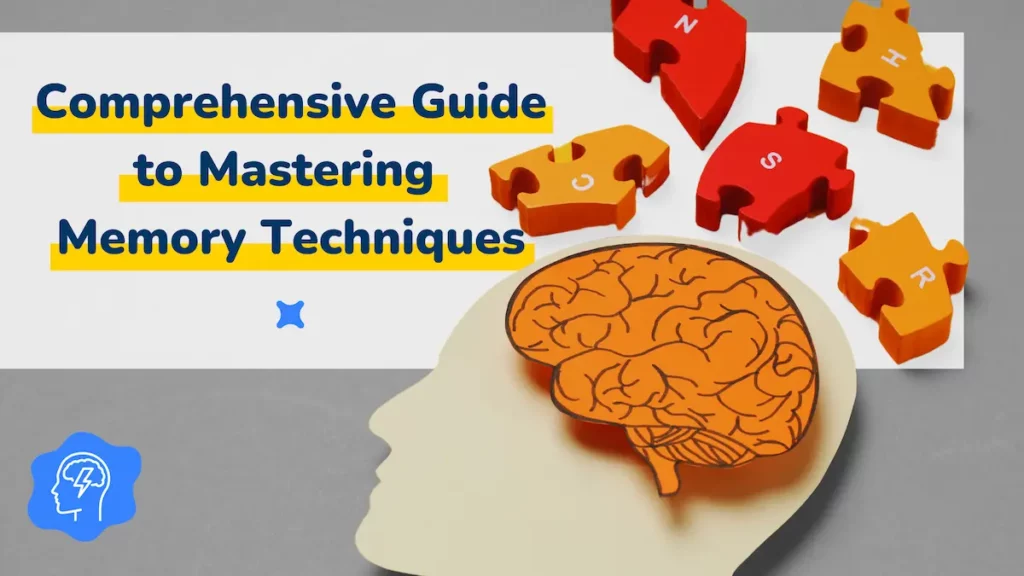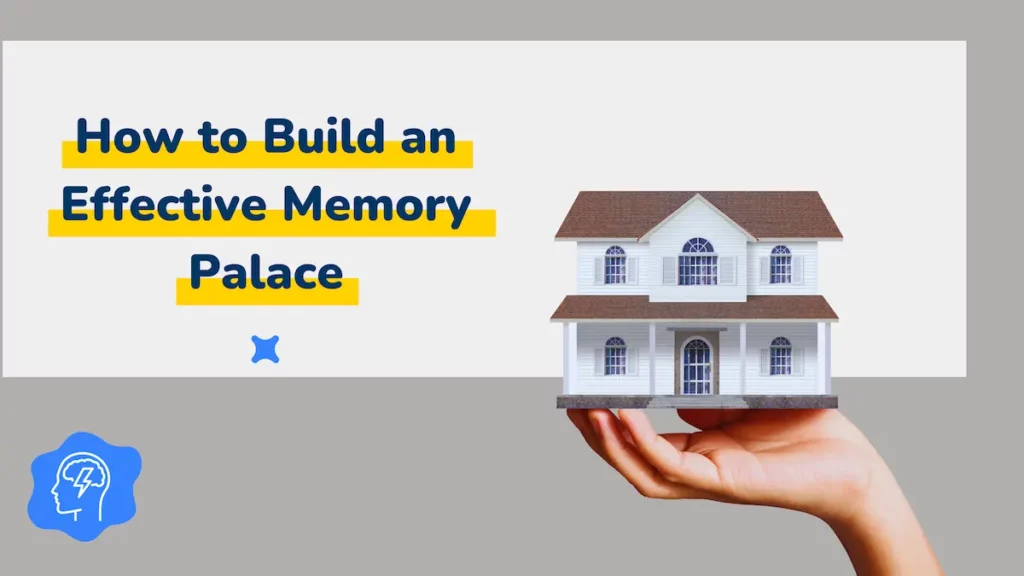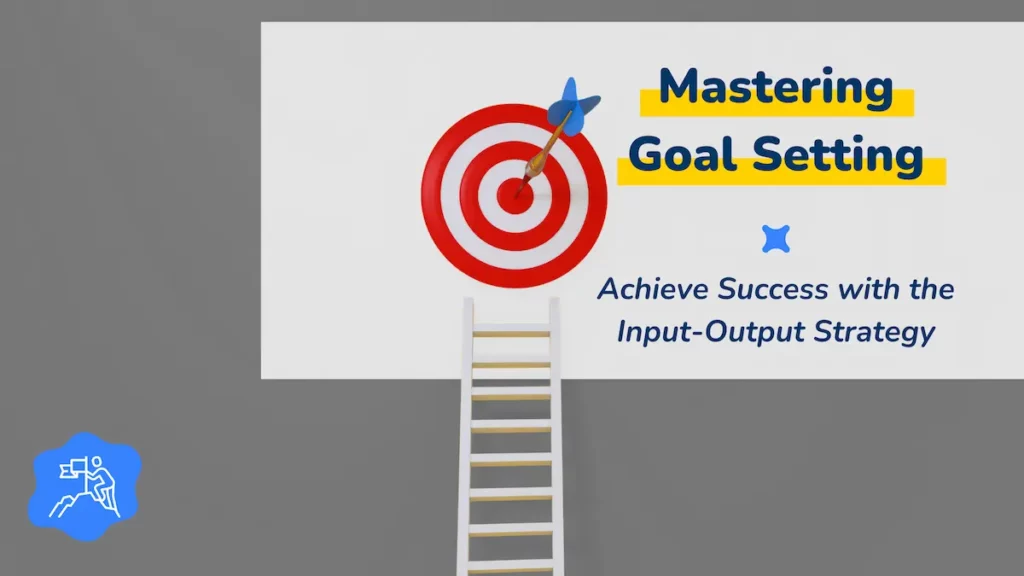Lateral Thinking: The Skill That Changes How You Learn
Break Patterns. Learn Faster. Remember More.
You reread the same paragraph. You highlight. You summarise.
And yet… the information doesn’t stick.
Most of us were taught to approach learning in a straight line: absorb, memorise, repeat.
But the truth is, the brain doesn’t always work best in a straight line.
When learning stalls or starts to feel like a grind, what’s missing often isn’t effort, but perspective.
That’s where Lateral Thinking comes in: the skill that lets you look sideways when going forward doesn’t work… and in doing so, it transforms how you absorb, understand, and retain knowledge.
What Is Lateral Thinking?
Lateral thinking is your ability to approach problems and ideas from unexpected angles, to break away from the predictable path and question the structure of the problem itself. Rather than simply asking “What’s next?”, lateral thinking encourages you to pause and ask “What else?”, even when the logical route seems clear.
It’s doesn’t aim at replacing logical or critical thinking, rather at complementing them.
Lateral thinking opens the door to possibility, logic helps you walk through it with precision.
In the context of learning, this shift is powerful. It turns repetition into real comprehension, passive intake into active exploration, and stuckness into forward movement.
How Lateral Thinking Makes You a Better Learner
By helping you realise that when you change how you think, you change how you learn and how well you retain and apply what you’ve learned.
Here’s how lateral thinking enhances your learning process:
🔁 Reframe the Concept
Often, we struggle with learning not because something is too difficult, but because we’re looking at it through the wrong lens. Reframing helps you question the structure of a topic rather than just the content.
Try this: take the concept you’re learning and flip it.
Ask: What would this look like in reverse? What if the outcome were the starting point? What happens if I remove one ‘non-negotiable’ assumption from it?
Example:
If you’re learning about strategic planning, instead of asking “How do I structure a strong plan?”, try “What would a deliberately chaotic plan look like, and what would it teach me about structure, timing, and clarity?”
This exercise doesn’t just sharpen understanding: it builds flexibility and reveals why the usual method works in the first place.
❌ Explore Wrong Answers on Purpose
Most learning focuses on getting to the right answer. But when you deliberately explore wrong answers, you build a stronger understanding of why something is correct.
Ask: What are the most common mistakes here? What would a completely wrong interpretation look like? Why might someone believe that, and what’s missing in their thinking?
Example:
If you’re studying a scientific principle or a legal concept, spend a few minutes writing out the most likely misunderstanding. Then correct it. This not only helps you avoid the trap later, but reinforces the actual structure of the idea.
It’s a fast-track to learning through contrast. And contrast sticks.
🧠 Use Visuals, Metaphors and Mental Models
The brain isn’t built to memorise disconnected information; but it is built to store stories, images, and structures.
Try this: translate a concept into something visual or metaphorical. Turn it into a diagram, a mental image, or even a story with characters.
Example:
Imagine you’re learning about cash flow. Instead of treating it as a spreadsheet item, visualise it as water flowing through pipes. Where does it get blocked? Where does it leak? Suddenly the concept becomes easier to hold and to explain to others.
This technique also improves recall under pressure, because your brain retrieves the image, not just the word.
🎭 Teach with a Twist
Explaining something to someone else is one of the most effective ways to test and reinforce your understanding. But lateral thinking adds a twist: change the context of your explanation.
Ask: How would I explain this to a 10-year-old? To my boss? To someone from another field or culture?
Each version forces you to restructure the concept, not just repeat it. And in doing so, you gain a more layered understanding.
This approach is especially useful when revising or preparing for interviews, presentations, or assessments… anywhere you need fluency, not just memory.
How Lateral Thinking Strengthens Other Core Cognitive Skills
At inGeniusly, we don’t treat cognitive skills as isolated traits: we see them as part of an interconnected system, where improvement in one area often unlocks gains in others.
Lateral thinking plays a catalytic role: it add new ideas, but it also enhances how other skills operate by removing mental rigidity and introducing flexibility, which is essential in both learning and real-life performance.
Information Processing
When you approach learning linearly, you often take the structure of the information at face value. But sometimes what looks clear is actually hiding complexity.
Lateral thinking allows you to:
- Spot when something’s been oversimplified
- Reorganise content in a way that better suits your own brain
- Identify gaps or contradictions that wouldn’t be obvious with passive reading
It trains you not just to take in information, but to question how it’s framed, a key trait in fast learners and strategic thinkers.
Problem Solving
We often assume problem solving is about logic. But most real-world problems don’t present themselves in clean, logical steps.
Lateral thinking is what allows you to:
- Reframe the challenge
- Step back and ask if you’re solving the right problem
- Explore alternatives before jumping to conclusions
It gives you the cognitive space to spot root causes rather than reacting to symptoms.
Memory
You remember what makes sense and even more what stands out. Lateral thinking helps you link information in unusual, personal, or emotionally charged ways, which makes those memories stronger.
It also supports techniques like storytelling, association, and visual mapping, all of which increase retention without increasing study time.
Time Management
This might seem unrelated at first glance, but lateral thinking helps reduce wasted time on ineffective strategies. It trains you to question your approach: Is the way I’m working actually working?
By thinking creatively about how you structure your study and work time, how you prioritise tasks, or how you approach deep focus, you often uncover more efficient and sustainable ways to learn.
Learn Smarter by Thinking Differently
More repetition won’t always get you there, but a change might steer you in the right direction.
Lateral thinking doesn’t replace effort, it multiplies its impact: it helps you notice what others miss, understand what once felt confusing, and retain what matters most.
It’s not just a skill for creativity. It’s a skill for learning and for life.
🧠 Want to find out which thinking skills help – or hinder – the way you learn?
Take the Inner Genius Superpower Quiz to discover your personal strengths and the skill most likely to accelerate your learning.
It only takes 5 minutes, but it could change how you learn forever.








